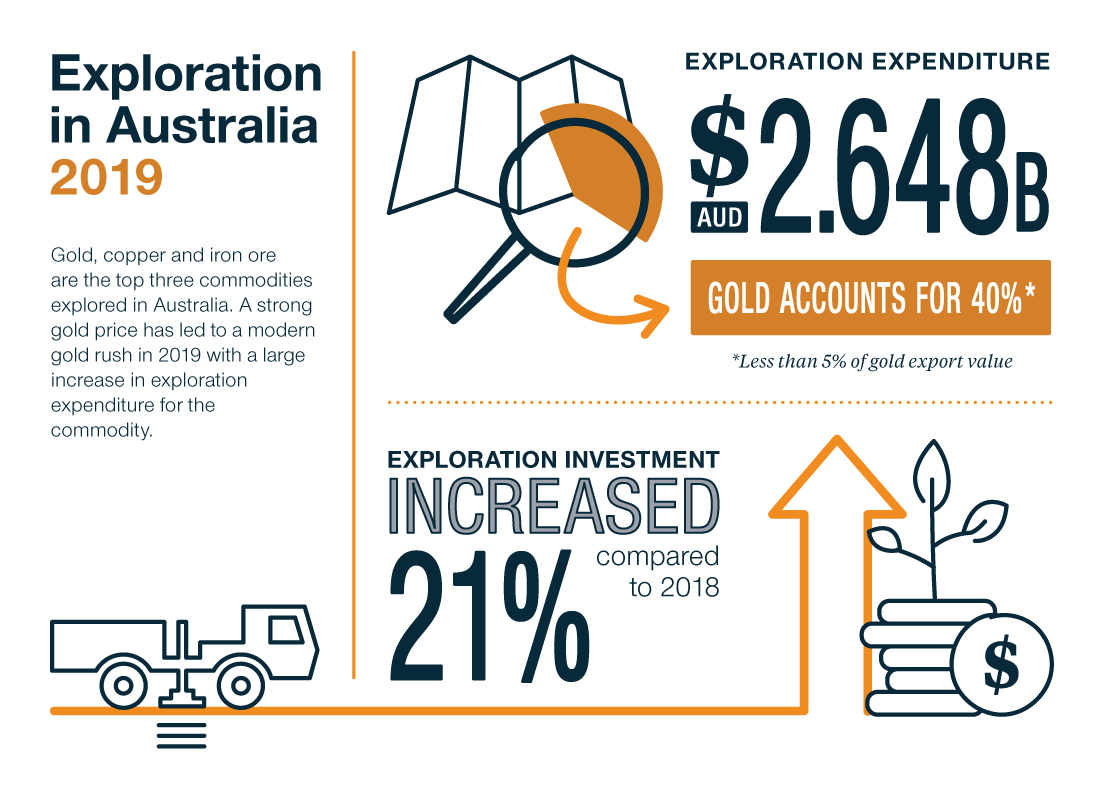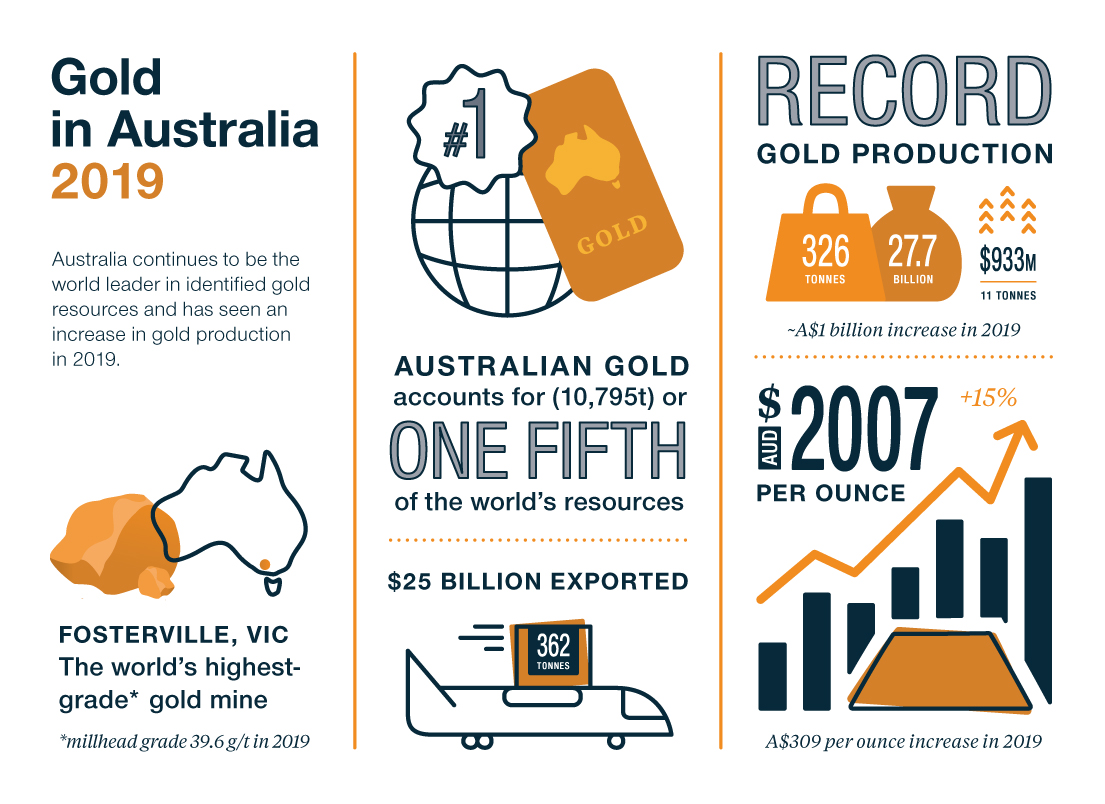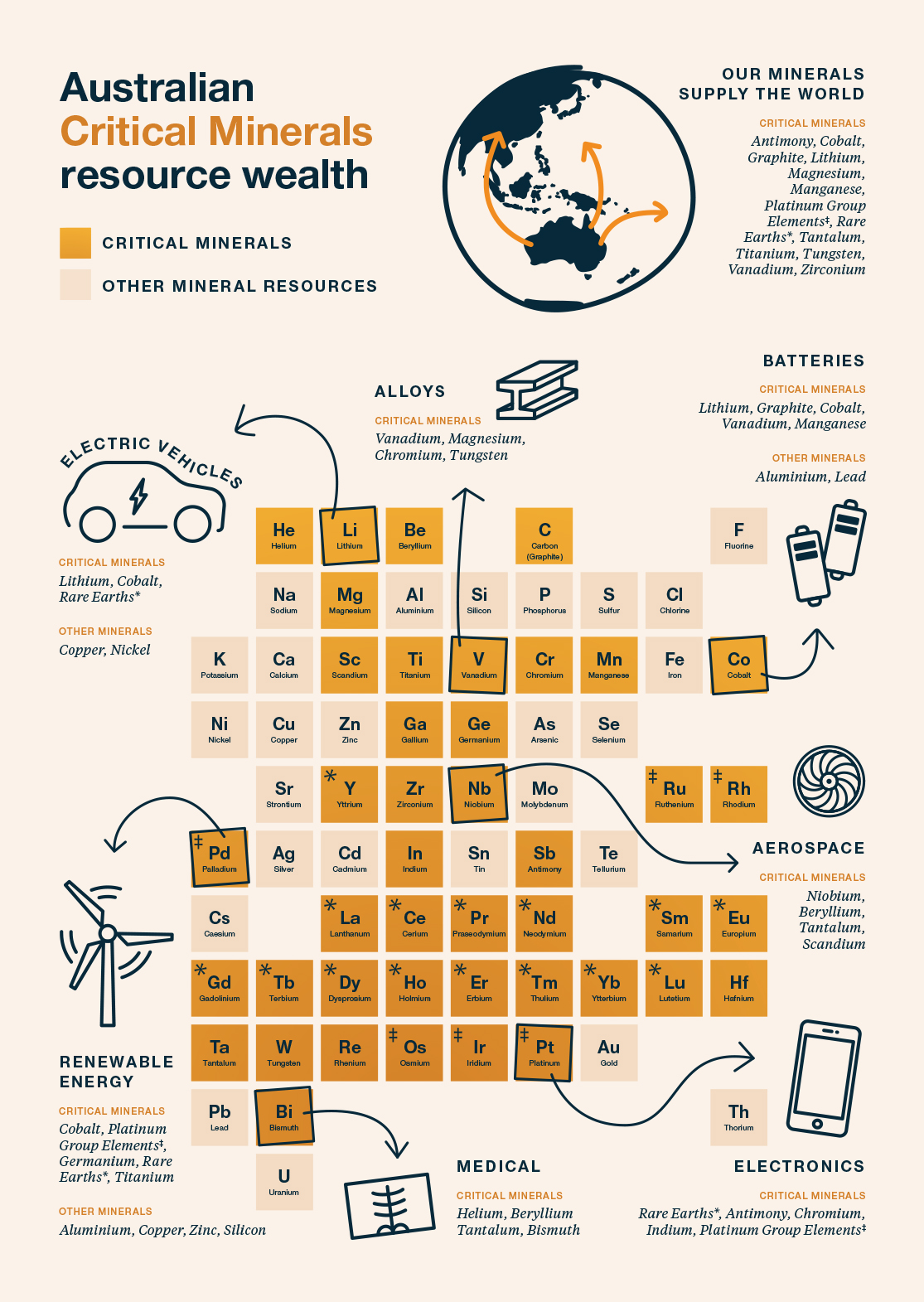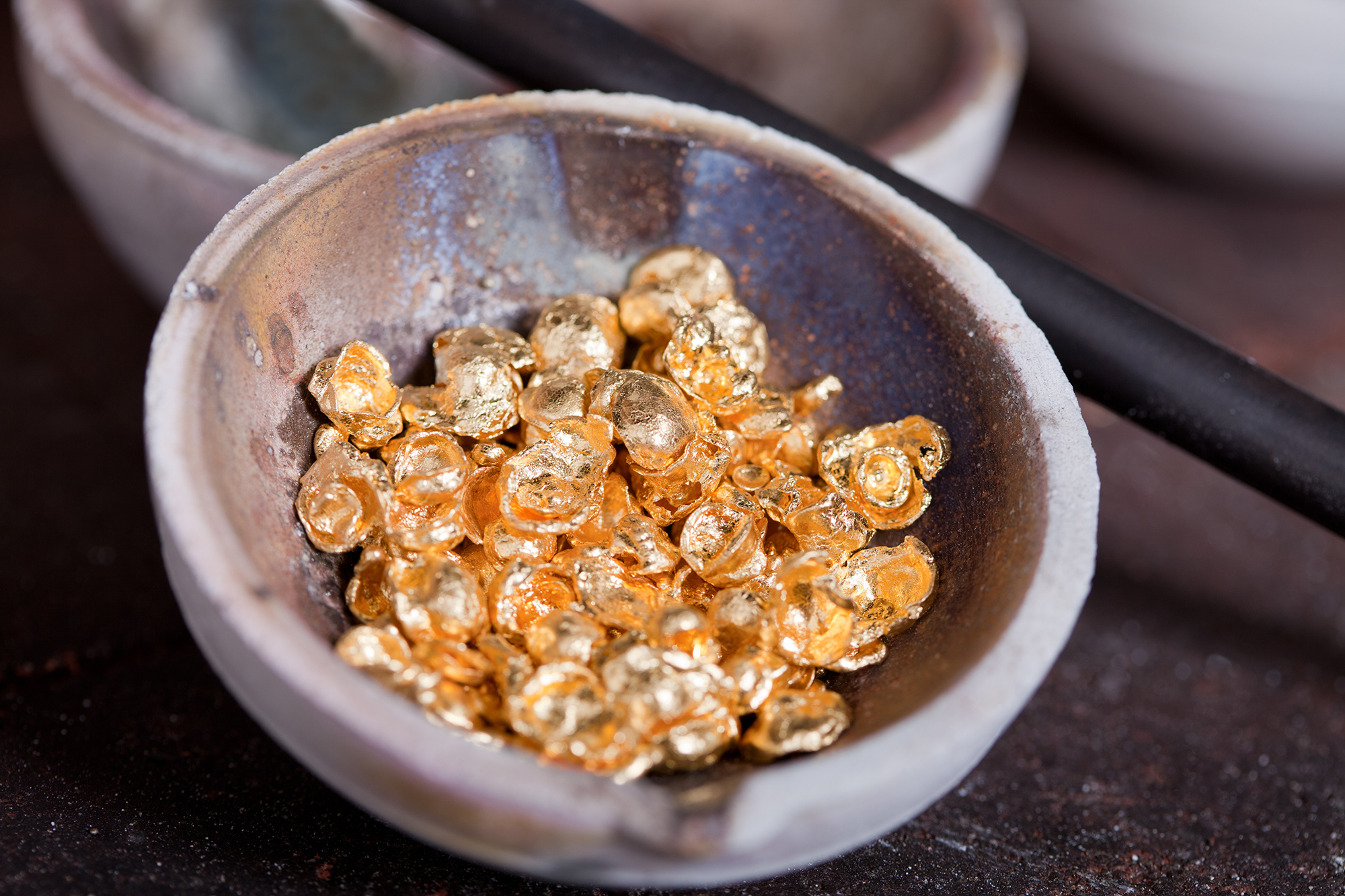AIMR 2020 at a Glance



Acronyms, Abbreviations and Symbols
| kg | kilogram |
| t | tonne |
| kt | kilotonne (thousand tonnes) |
| Mt | million tonnes |
| L | litre |
| GL | gigalitre |
| c | carat |
| Mc | million carats |
| oz | ounce |
| m | metre |
| km | kilometre |
| % | per cent |
| ktpa | kilotonnes per annum |
| Mtpa | million tonnes per annum |
| MTU | metric tonne unit |
| ppm | parts per million |
| PGE | platinum group elements |
| REE | rare earth elements |
| REO | rare earth oxides |
| SOP | sulphate of potash |
| AIMR | Australia’s Identified Mineral Resources |
| ASX | Australian Securities Exchange |
| CRIRSCO | Committee for Mineral Reserves International Reporting Standards |
| JORC | Joint Ore Reserve Committee |
| JORC Code | Joint Ore Reserve Committee Australasian Code for Reporting of Exploration Results, Mineral Resources and Ore Reserves |
| IAEA | International Atomic Energy Agency |
| OECD/NEA | Organisation for Economic Cooperation and Development/Nuclear Energy Agency |
| USA | United States of America |
| USGS | United States Geological Survey |
| AEDR | Accessible Economic Demonstrated Resources |
| EDR | Economic Demonstrated Resources |
| RAR | Reasonably Assured Resources |
| $ | dollar (Australian) |
| US$ | United States of America dollar |
| AG | Aktiengesellschaft (joint-stock company) |
| Co | Company |
| Inc | Incorporated |
| Ltd | Limited |
| PLC | Public Limited Company |
| PTY | Proprietary |
| COVID-19 | Infection caused by the SARS-CoV-2 virus strain |
Banner image: Gold is used as an investment tool, in electronics and for jewellery. The jewellery sector accounts for almost half of the world’s gold demand.


